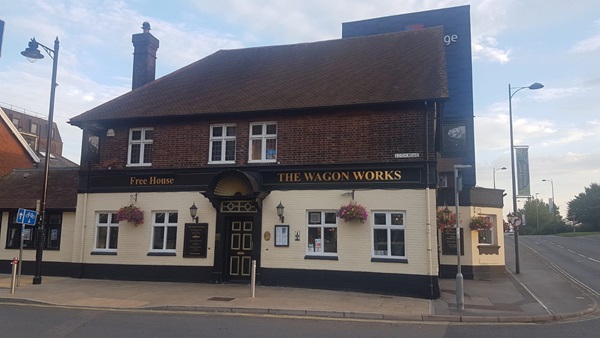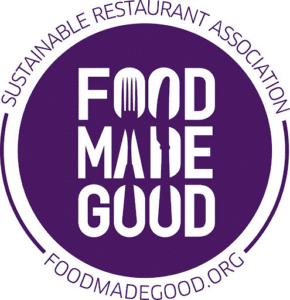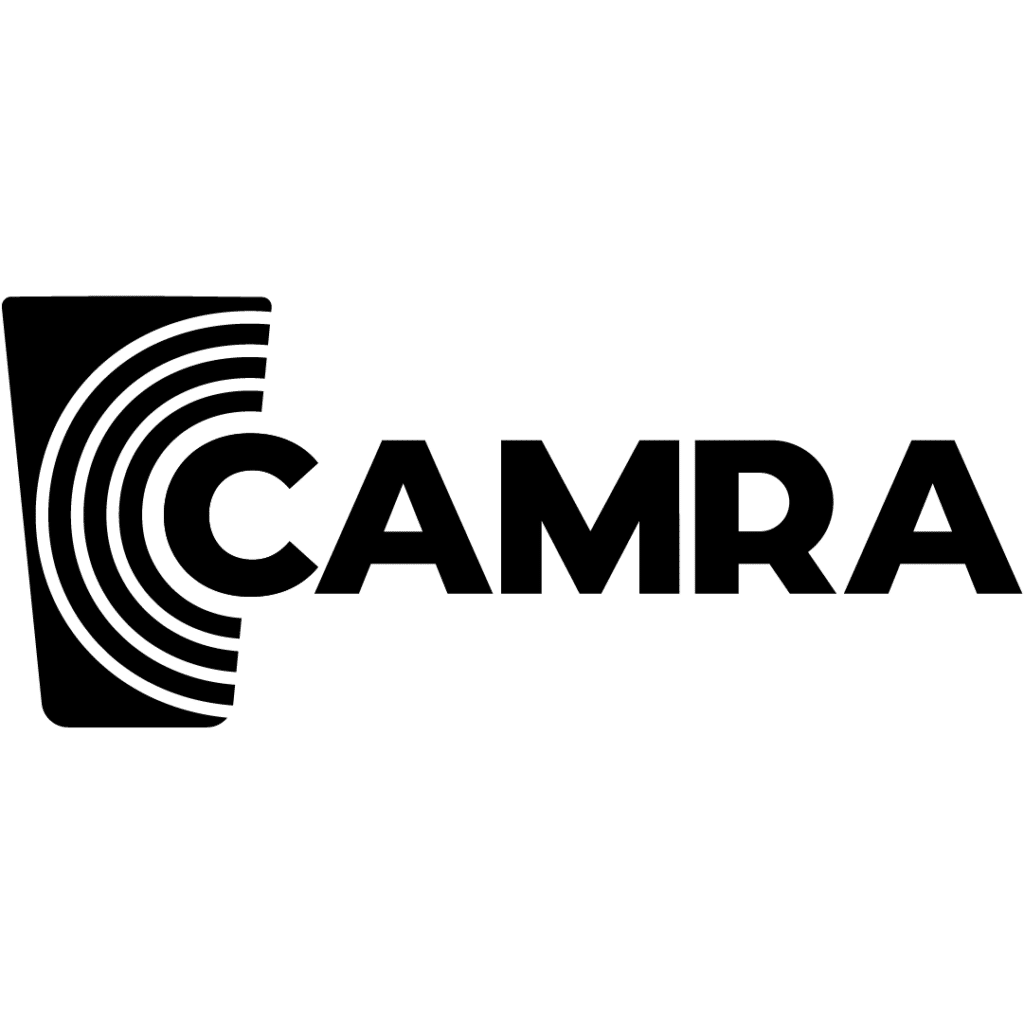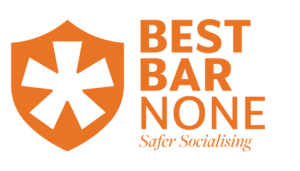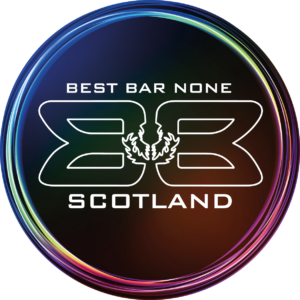Pub history
The Wagon Works
In 1891, Eastleigh became an important railway town when the carriage and wagon works opened next to the railway station. Repair shops and a locomotive works were added later. The railway station had opened in 1841. At that time, there was a brewhouse opposite, on the site of these premises. Built in 1712, it was a thatched building which became known as Ye Olde Home Tavern and then the Home Tavern. It is now The Wagon Works.
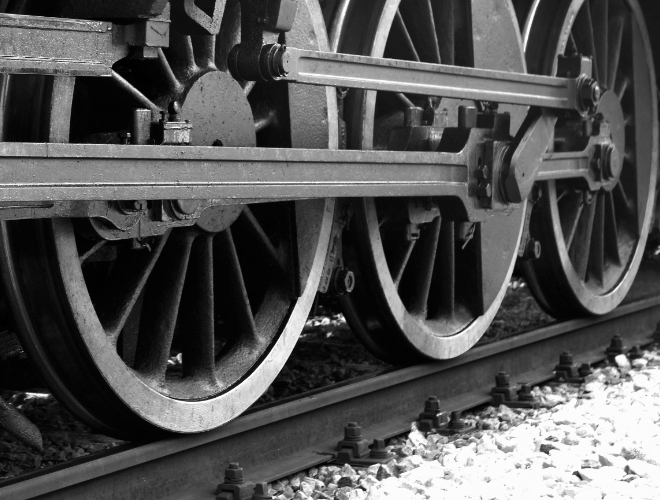
In 1891, Eastleigh became an important railway town when the carriage and wagon works opened next to the railway station. Repair shops and a locomotive works were added later. The railway station had opened in 1841. At that time, there was a brewhouse opposite, on the site of these premises. Built in 1712, it was a thatched building which became known as Ye Olde Home Tavern and then the Home Tavern. It is now The Wagon Works.
Photographs and text about The Wagon Works
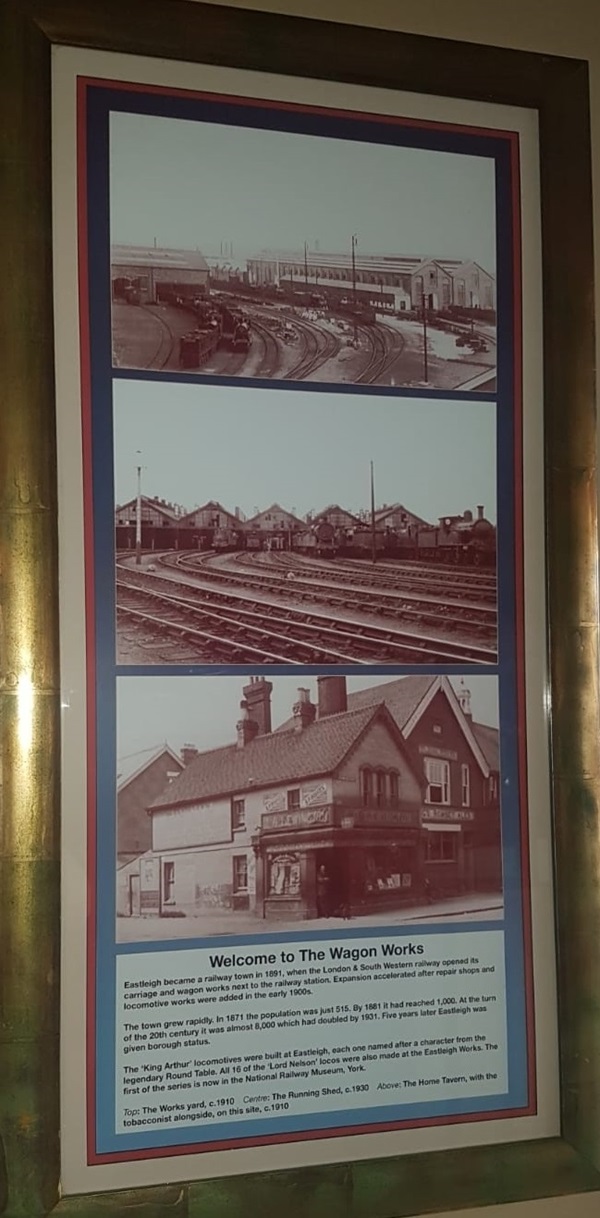
The text reads: Eastleigh became a railway town in 1891, when the London & South Western Railway opened its carriage and wagon works next to the railway station. Expansion accelerated after repair shops and locomotive works were added in the early 1900s.
The town grew rapidly. In 1871, the population was just 515. By 1881, it had reached 1,000. At the turn of the 20th century, it was almost 8,000, which had doubled by 1931. Five years later, Eastleigh was given borough status.
The ‘King Arthur’ locomotives were built at Eastleigh, each one named after a character from the legendary Round Table. All 16 of the ‘Lord Nelson’ locos were also made at the Eastleigh Works. The first of the series is now in the National Railway Museum, York.
Top: The works yard, 1910
Centre: The running shed, 1930
Above: The Home Tavern, with the tobacconist alongside, on this site, c1910
Photographs and text about Charlotte Yonge
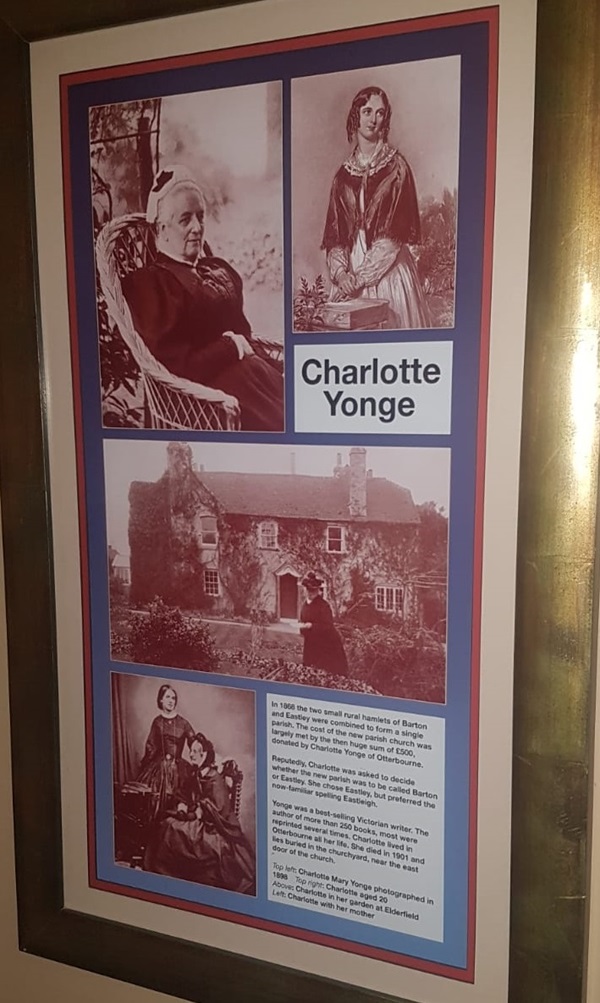
The text reads: In 1868, the two small rural hamlets of Barton and Eastley were combined to form a single parish. The cost of the new parish church was largely met by the then huge sum of £500, donated by Charlotte Yonge of Otterbourne.
Reputedly, Charlotte was asked to decide whether the new parish was to be called Barton or Eastley. She chose Eastley, but preferred the now familiar spelling Eastleigh.
Yonge was a bestselling Victorian writer. The author of more than 250 books, most were reprinted several times. Charlotte lived in Otterbourne all her life. She died in 1901 and lies buried in the churchyard, near the east door of the church.
Top, left: Charlotte Mary Yonge photographed in 1898
Top, right: Charlotte aged 20
Above: Charlotte in her garden at Elderfield
Left: Charlotte with her mother
Prints and text about Mrs Fitzherbert
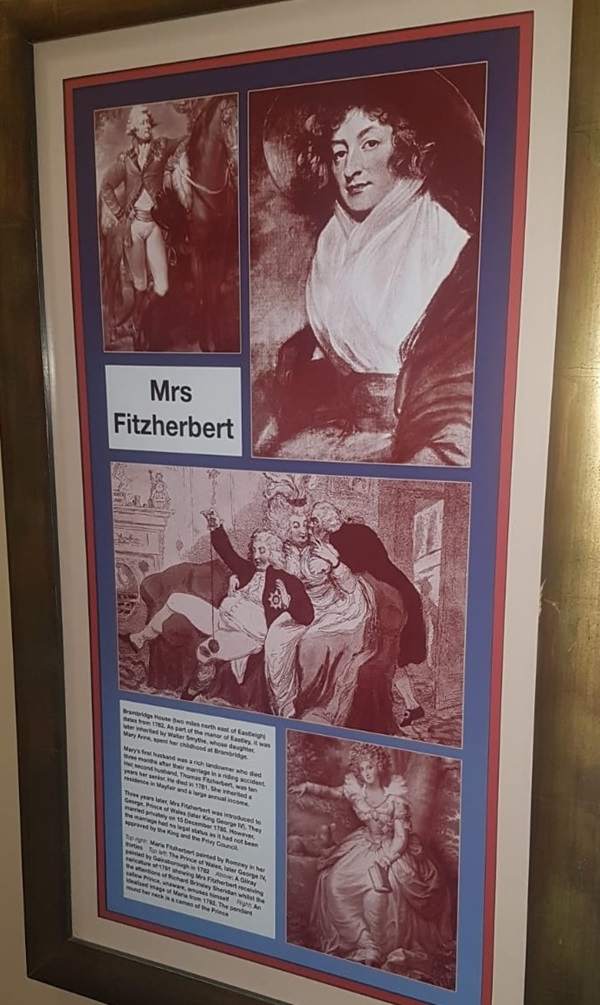
The text reads: Brambridge House (two miles northeast of Eastleigh) dates from 1762. As part of the manor of Eastley, it was later inherited by Walter Smythe, whose daughter, Maria Anne, spent her childhood at Brambridge.
Maria’s first husband was a rich landowner, who died three months after their marriage in a riding accident. Her second husband, Thomas Fitzherbert, was 10 years her senior. He died in 1781. She inherited a residence in Mayfair and a large annual income.
Three years later, Mrs Fitzherbert was introduced to George, Prince of Wales (later King George IV). They married privately on 15 December 1785. However, the marriage had no legal status as it had not been approved by the King and the Privy Council.
Top, right: Maria Fitzherbert painted by Romney in her thirties
Top, left: The Prince of Wales, later George IV, painted by Gainsborough in 1782
Above: A Gilray caricature of 1791, showing Mrs Fitzherbert receiving the attentions of Richard Brinsley Sheridan whilst the Prince, unaware, amuses himself
Right: An idealised image of Maria from 1792, the pendant round her neck a cameo of the prince
Photographs and text about Barton and Eastley
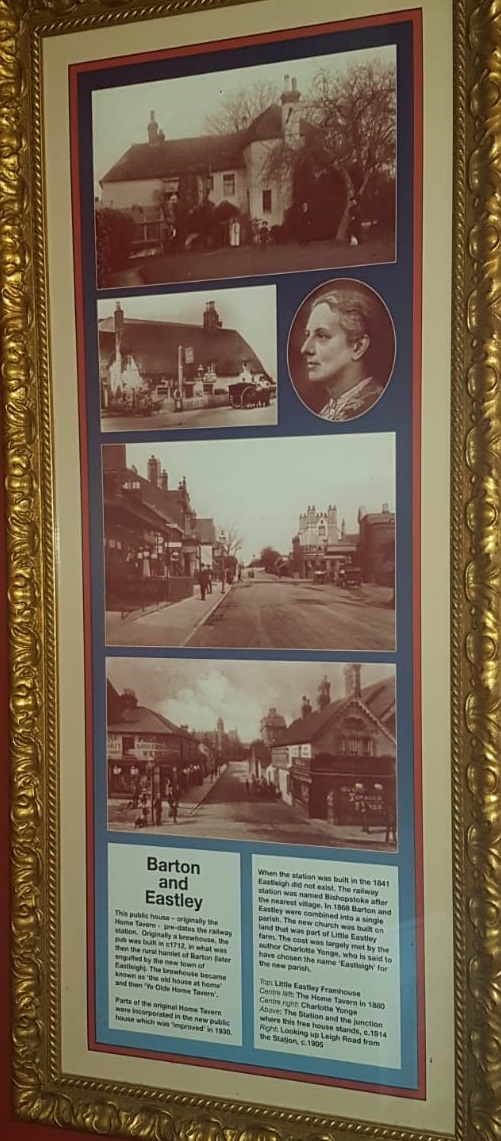
The text reads: This pub – originally the Home Tavern – predates the railway station. Originally a brewhouse, the pub was built in c1712 in what was then the rural hamlet of Barton (later engulfed by the new town of Eastleigh). The brewhouse became known as ‘the old house at home’ and then ‘Ye Olde Home Tavern’.
Parts of the original Home Tavern were incorporated in the new public house, which was improved in 1930.
When the station was built in 1841, Eastleigh did not exist. The railway station was named Bishopstoke after the nearest village. In 1868, Barton and Eastley were combined into a single parish. The new church was built on land that was part of Little Eastley Farm. The cost was largely met by the author Charlotte Yonge, who is said to have chosen the name ‘Eastleigh’ for the new parish.
Top: Little Eastley Farmhouse
Centre, left: The Home Tavern in 1880
Centre, right: Charlotte Yonge
Above: The station and the junction where this freehouse stands, c1914
Right: Looking up Leigh Road from the station, c1905
External photograph of the building – main entrance
